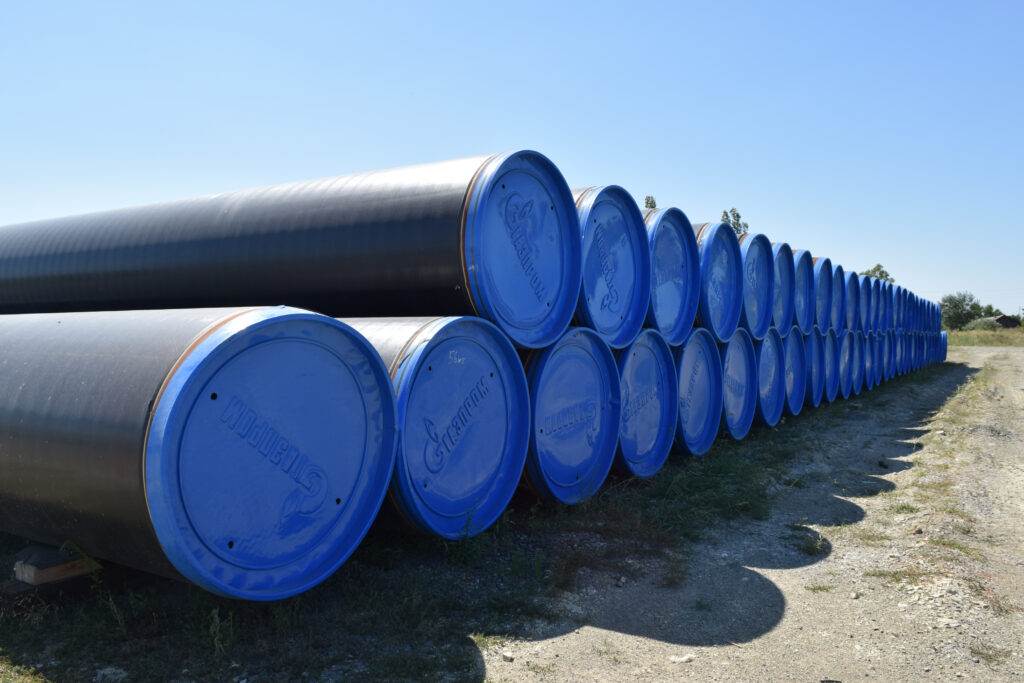Cleanliness is crucial in any building, whether it’s a residential or commercial space. A clean environment promotes health and well-being, reduces the risk of illnesses, and improves productivity. However, maintaining a clean building requires collaboration between cleaning companies and building management teams. In this article, we will discuss why prioritizing cleanliness is essential for building managers.
Introduction to the Importance of Cleanliness in Buildings
Buildings are hubs of activity, with people coming and going all day long. As a result, they can quickly become breeding grounds for bacteria, germs, and other contaminants. These pollutants can cause respiratory problems, allergies, and other health issues among occupants. Moreover, dirty spaces can negatively impact our mental health, leading to stress, anxiety, and depression. Therefore, it’s imperative that building managers prioritize cleanliness to ensure the health and well-being of their occupants.
The Role of Building Management in Ensuring Cleanliness
Building management teams play a critical role in ensuring that buildings remain clean and hygienic. They oversee the maintenance and upkeep of the property, including cleaning schedules, equipment, and supplies. Additionally, they work closely with cleaning companies to establish cleaning protocols and standards. By doing so, they can ensure that the building remains clean and free from hazards.
Collaboration between cleaning companies and building management teams
To achieve optimal results, building management teams must collaborate closely with cleaning companies. This partnership should involve regular communication, training, and monitoring to ensure that cleaning procedures meet industry standards. Moreover, both parties should work together to identify areas that require more attention, such as high traffic zones or areas prone to spills. By working together, building management teams and cleaning companies can create a customized cleaning plan that meets the specific needs of the building.
The Impact of Poor Cleanliness on Occupant Health and Well-being
Poor cleanliness can have significant negative effects on the health and well-being of building occupants. For instance, exposure to dust, mold, and other airborne contaminants can trigger asthma attacks and allergy symptoms. Furthermore, dirty surfaces can harbor dangerous pathogens, such as E. coli and Salmonella, which can lead to food poisoning and other illnesses. Additionally, poor indoor air quality can cause headaches, fatigue, and other health issues. Consequently, prioritizing cleanliness is vital for protecting the health and safety of building occupants.

Conclusion: Why Prioritizing Cleanliness is Essential for Building Managers
In conclusion, prioritizing cleanliness is essential for building managers. By working closely with cleaning companies, they can establish effective cleaning protocols and standards that promote health and well-being. Moreover, by providing a clean and safe environment, building managers can improve employee morale, reduce absenteeism, and increase productivity. Ultimately, investing in cleanliness is an investment in the overall success of the building and its occupants.


